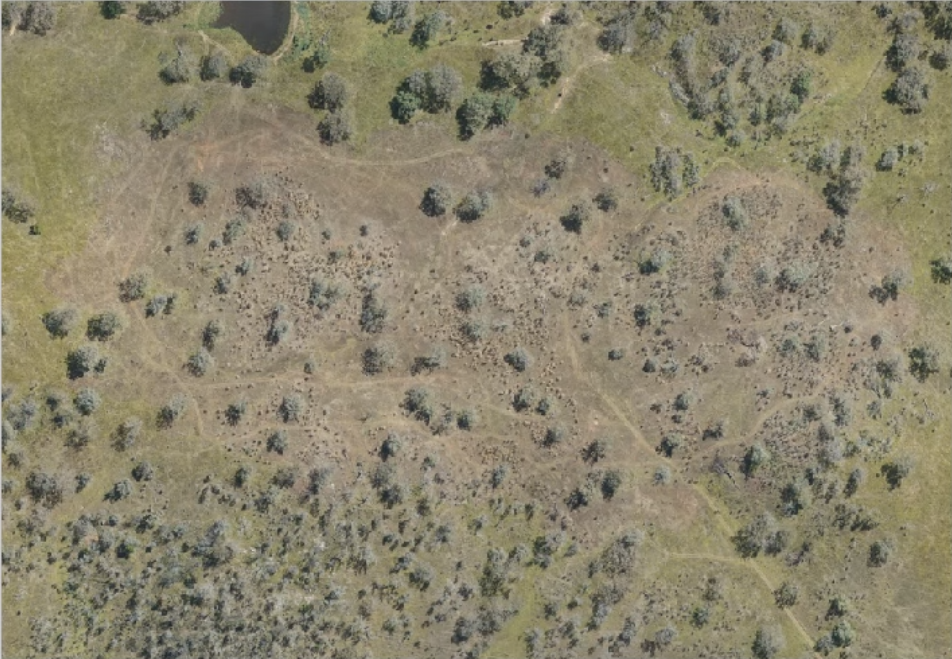Fire Management
Ninox Robotics’ long-range drones are more cost effective than traditional crewed aviation solutions.
Our drones are safely operated remotely, easily kept on standby, and rapidly deployed in greater numbers when required.
The core data types that we provide are:
Real-Time Video Streaming
Monitor large areas for new fires - spotting smoke in the distance or thermal spikes from lightning strikes. Once a fire is detected, it can be monitored day and night with colour & thermal video streamed to those who need it in real-time.
High-Resolution Mapping
Assess vegetation for fuel load and change over time, providing valuable insight to assist with the planning of fire management activities such as hazard reduction burns and fire trail maintenance.
Example data
Fire Monitoring
Live video feed and real-time map updates can greatly improve decision-making during an emergency fire. The aerial perspective allows for accurate and quick assessment of firefronts, hotspots, impacted assets, ground-crew allocation, and more. This information is easily extracted and marked on a map for efficient distribution to those who need it.
Fire Trail Inspection
Aerial views simplify the inspection of fire trails and the environment in general. This can be done in real-time during an emergency to help guide ground-based resources, or through regular mapping flights designed to detect changes over time including fallen trees or other obstructions. Map data like this is often multi-purpose, being used for fuel load assessment and hazard reduction planning as well.
Case Study
NSW Rural Fire Service: Fire monitoring and management with long-range drones
Aircraft setup and pre-flight checks at the ground control station
The NSW Rural Fire Service is the lead agency for bush fire management across NSW and is acknowledged as the largest volunteer fire service in the world.
Having utilised manned-aviation services extensively, RFS are keenly aware of the benefits of our drone-based alternative - especially the ability to fly safely, and at night. RFS have advocated on our behalf for more practical airspace permissions in emergency situations.
Map produced of a small burn scar
We have deployed long-range drones for NSW RFS at pre-planned sites over the last several years. The deliverables we have provided include the following highlights:
Monitoring a large emergency fire at night, streaming video to RFS resources
Detection of obstructions across fire trails, both in periodic map data and live during video-streaming
Burn scar analysis with RGB and infrared cameras
Fuel load assessment to prioritise areas requiring hazard reduction
Coal seam inspection to assess fire risk
Summary
Key Points
Fire Detection Range: up to 150km radius from the drone
Flight Speed: up to 120km/h
Video Type: thermal (LWIR/MWIR) and optical (RGB)
Mapping Resolution: up to 1 cm/pixel
Mapping Area Coverage: up to 20 km²/h
Wind Limitations: launch in up to 30 knots
Time Limitations: 24/7 operation with rotating teams
Equipment
Octopus Epsilon 180MG
Phase One iXM-RS150F
Riegl VUX-160
Sierra Olympia Vayu HD
Controp M-STAMP
Foxtech Map-A7R IV
Sony A7R
BlueBird SpyLite
If you are interested in utilising our services, or have any questions,
contact us at team@ninox-robotics.com, call 1300 377 977, or request a quote below.









Scan large areas for fires, and monitor fire-fronts and hotspots in real-time.